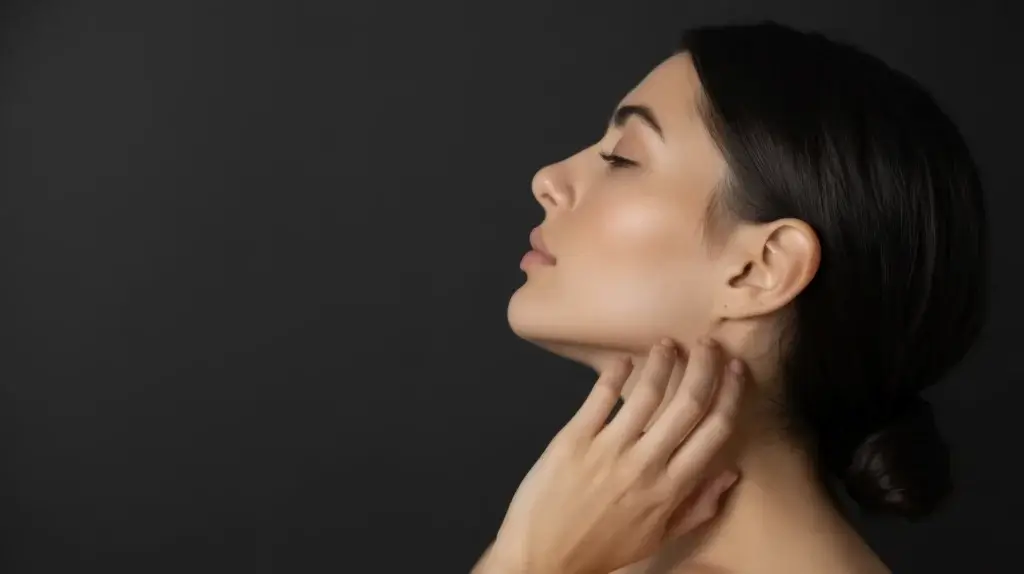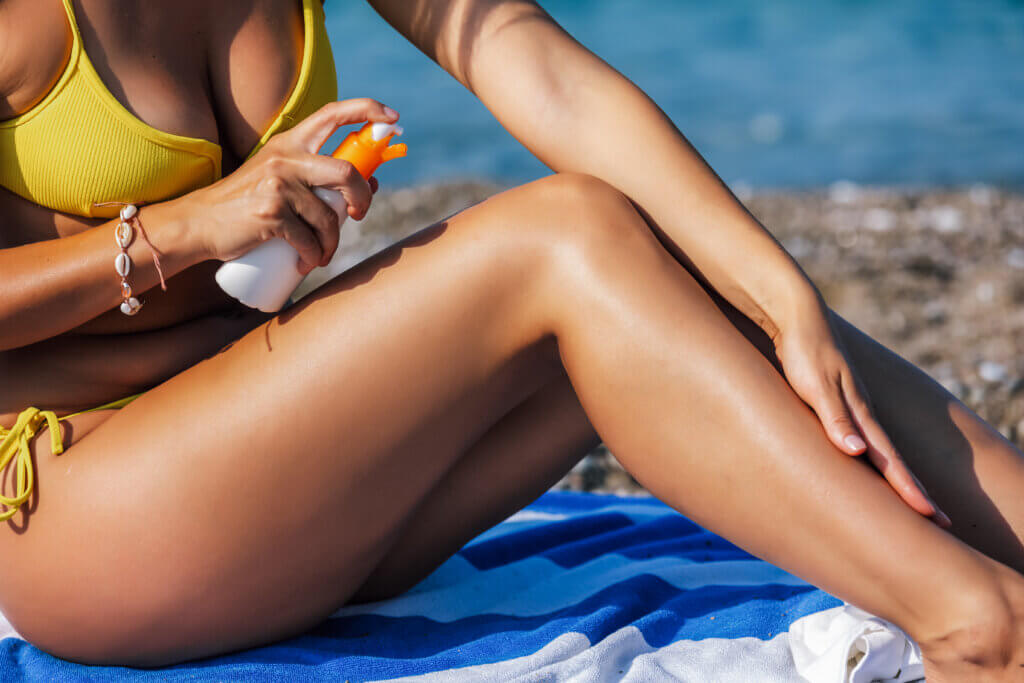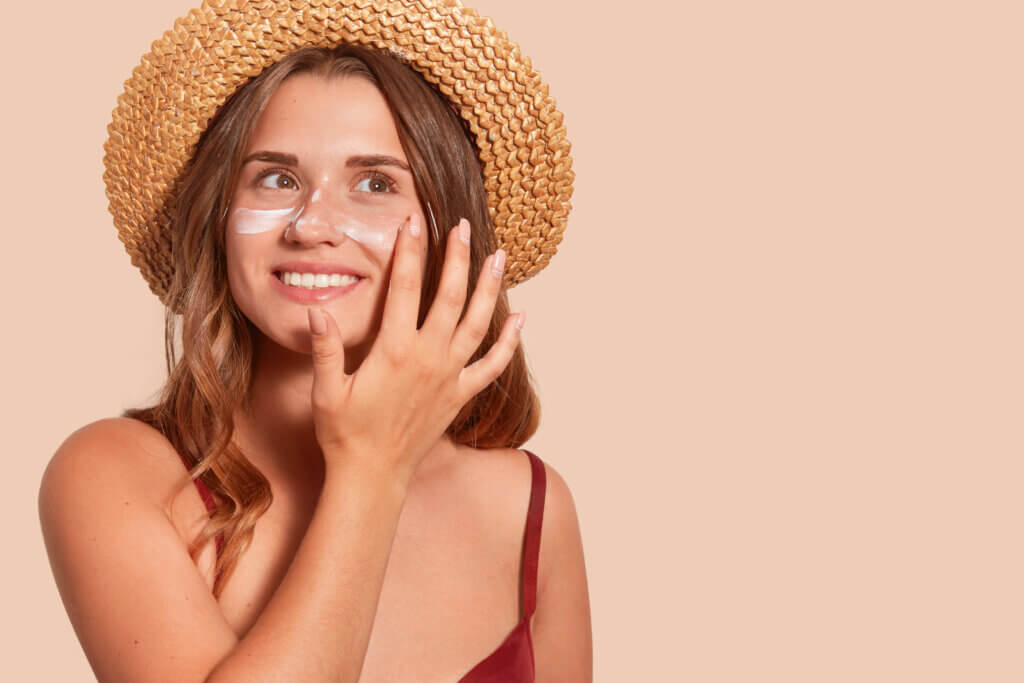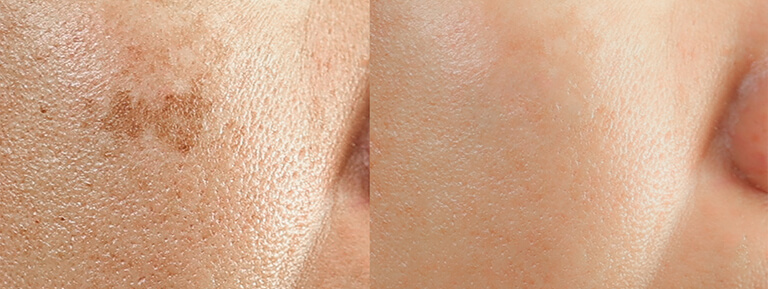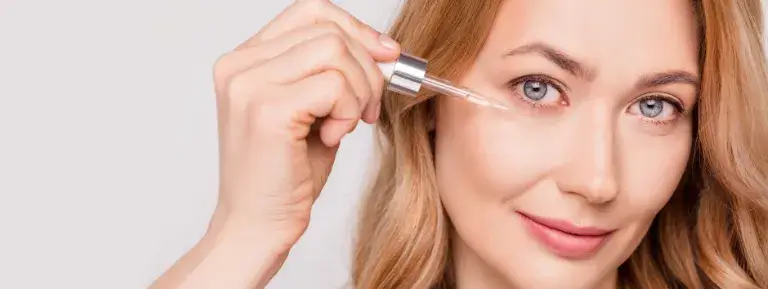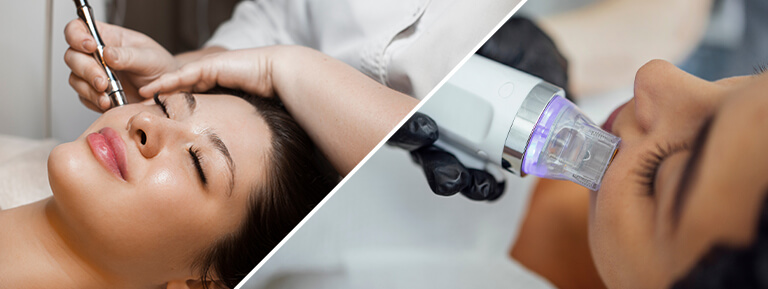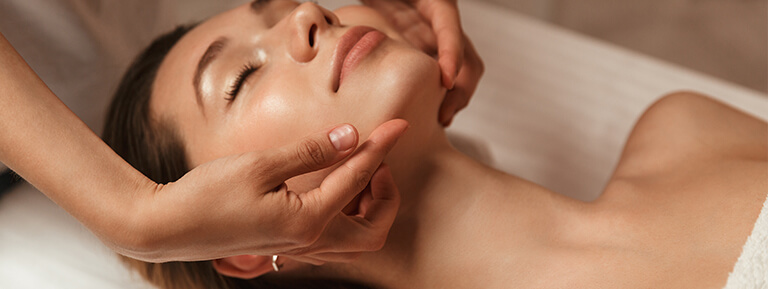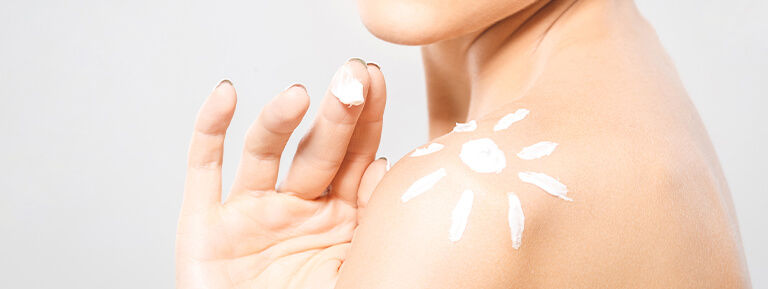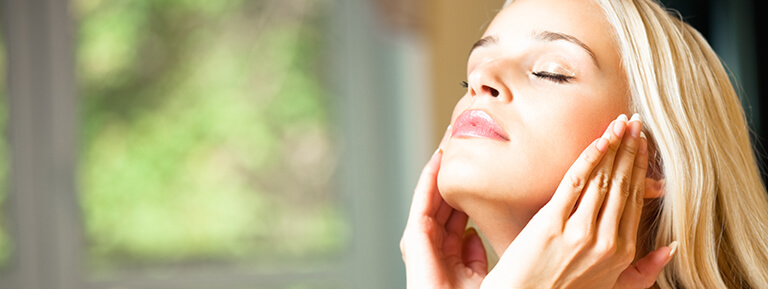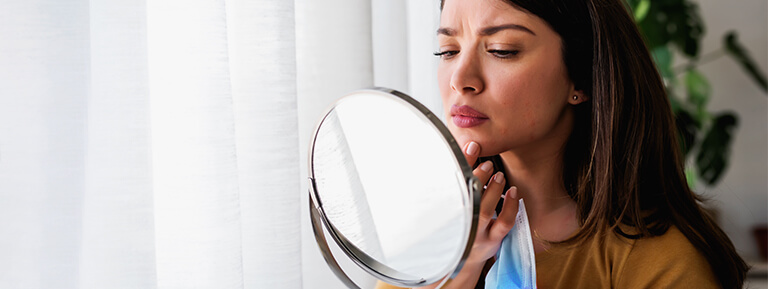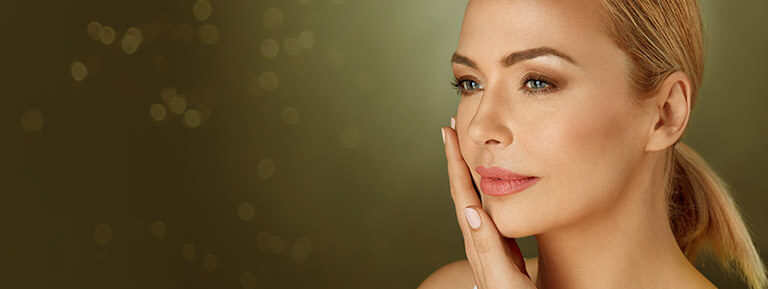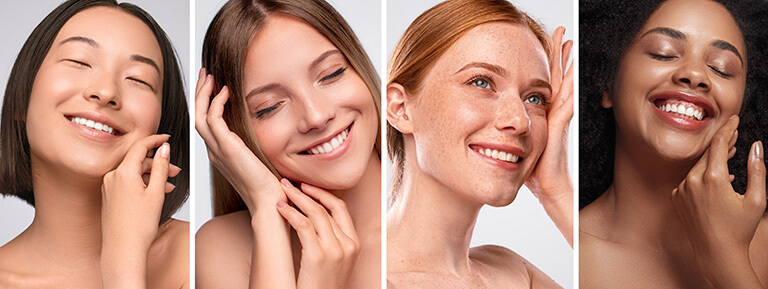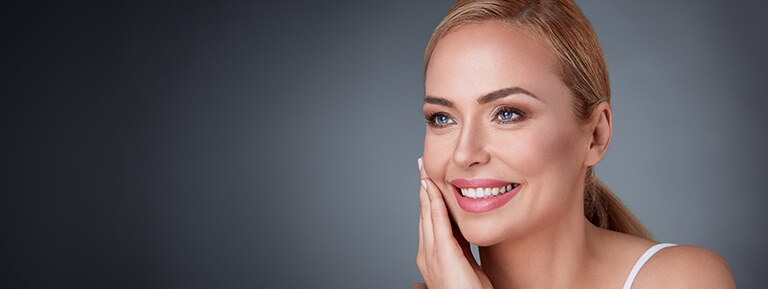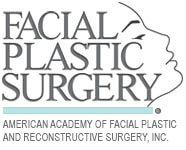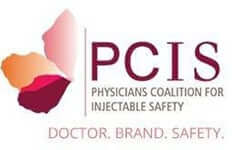What are moles?
Moles are common skin growths made up of clusters of pigmented cells. They can appear anywhere on the body and vary in size, shape, and color. Most moles are harmless, but changes in appearance, such as rapid growth, irregular borders, or color changes, should be evaluated by a medical professional. Some people choose to have moles removed for cosmetic reasons, while others do so for medical concerns.
How to remove moles?
Moles can be removed using several methods depending on the type, size, and location of the mole. Common options include surgical excision, shave removal, and laser mole removal. A consultation with a qualified provider will help determine the best method based on whether the mole is flat or raised, benign or suspicious, and whether cosmetic outcome is a priority.
Does it hurt to get a mole removed?
Mole removal is generally well-tolerated and performed under local anesthesia, so the procedure itself isn’t painful. Patients might feel a small pinch from the numbing injection, but after that, discomfort is minimal. After the procedure, there may be some mild soreness or tenderness, but this usually resolves quickly.
What do I need to know before getting a mole removed?
Before mole removal, the provider will examine the mole to determine if it appears benign or needs to be biopsied. It’s important to disclose any medications or medical conditions, especially those affecting healing or blood clotting. Depending on the method used, there may be some downtime and potential for a scar, which will be discussed during your consultation.
What not to do after mole removal?
After mole removal, it’s important to avoid picking at the site, applying unapproved creams, or exposing the area to direct sunlight until it’s healed. Heavy exercise or activities that stretch or irritate the area should also be avoided during the initial healing stages. Following the aftercare instructions from your provider helps reduce the risk of infection and minimizes the chance of a noticeable scar.
How long does it take to recover from a mole removal?
Recovery time depends on the size and method of mole removal. Minor procedures typically heal within 1 to 2 weeks, while deeper excisions may take a little longer. Mild redness or scabbing is normal in the early days, and full healing, including fading of any scar, can take several weeks to a few months.
Are there disadvantages to mole removal?
While mole removal is generally safe, potential downsides include scarring, changes in skin texture or color, and, rarely, infection or regrowth of the mole. The likelihood of these issues depends on factors like the mole’s size and location, your skin type, and how well aftercare instructions are followed.
Is it true that all moles are cancerous?
No, most moles are completely harmless. However, any mole that changes rapidly, bleeds, itches, or has irregular borders should be checked by a medical professional to rule out skin cancer. Regular skin checks are a good way to monitor changes and catch potential issues early.
What is the procedure for removing a mole?
The mole removal procedure depends on the type of mole and the chosen technique. For surgical excision, the mole is cut out with a small margin of surrounding skin and then sutured. For shave removal, the mole is carefully shaved flush with the skin. Laser mole removal may be used for flat, non-cancerous moles and involves using light energy to break down pigment. All methods are typically performed in-office under local anesthesia.
How long does it take to heal once a mole has been removed?
Healing usually begins within a few days and continues over several weeks. Surface healing from a shave or laser mole removal may take 7 to 14 days, while deeper excisions may require two to three weeks for initial healing. The mole removal healing process continues as the skin remodels, which can take a few months depending on the depth of the procedure.
Who should have moles removed?
Mole removal is recommended for anyone with a suspicious or changing mole, or for those who find a mole bothersome due to location, irritation, or cosmetic concerns. A board-certified specialist can assess whether removal is necessary or beneficial. Early removal may also prevent future complications.
What happens after mole removal surgery?
After mole removal surgery, the site is typically bandaged and monitored for signs of proper healing. Patients may need to return for suture removal if stitches were used. Mild redness, swelling, or scabbing is normal, and keeping the area clean and protected is key to good healing.
What aftercare is provided after mole removal?
Aftercare usually includes keeping the area clean, applying a topical ointment if prescribed, and protecting the site from sun exposure. Specific instructions will vary depending on the method used. Good mole removal aftercare can minimize the risk of infection and reduce the chance of a visible scar.
What happens to the mole after it has been removed?
If there is any concern about the mole, it is typically sent to a lab for biopsy to check for abnormal or cancerous cells. If the mole was removed purely for cosmetic reasons and appeared benign, lab testing may not be necessary. Your provider will let you know if pathology is recommended.
Will I have a scar after mole removal?
Some level of scarring is possible after mole removal, especially if the mole was large or removed surgically. However, most scars fade significantly over time and become much less noticeable. The risk and appearance of a mole removal scar can be reduced with proper technique and diligent aftercare.
What are the risks of mole removal?
Risks of mole removal include scarring, infection, bleeding, allergic reactions to anesthesia, and incomplete removal or recurrence. These risks are low when the procedure is performed by a qualified provider and proper mole removal aftercare is followed. In cases where cancer is suspected, timely removal and biopsy are crucial.


